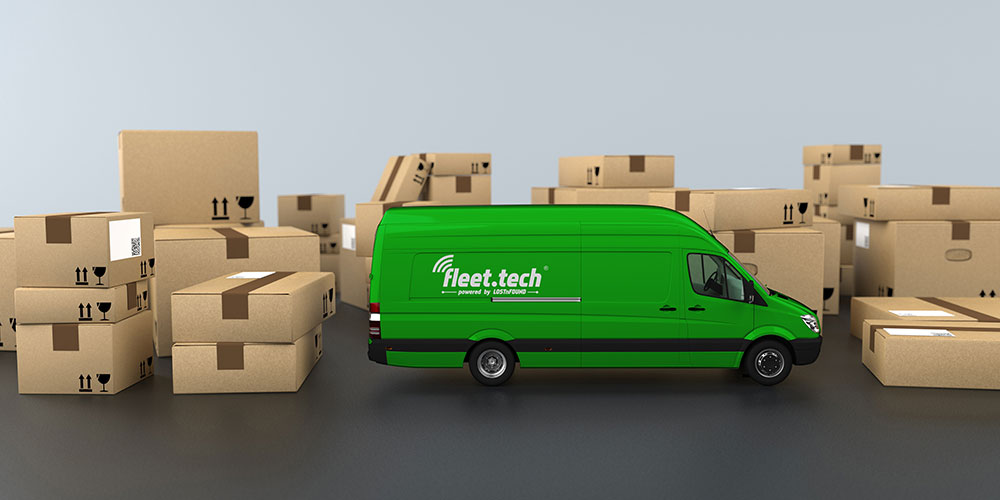Supply Chain 4.0
Opinion contribution Prof. Dr. Wolfgang Stölzle, Institute for Supply Chain Management
Digitization has long since reached the logistics and supply chain community. There are hardly any events or publications that do not focus on this topic or at least touch on it. Questions about concrete contents, demarcations from classical IT or the implementation of digital solutions are much rarer to be heard. At first glance, this suggests that the scene perceives digitalisation as Hpye, but that the necessary profile formation still leaves something to be desired. Does the claim “4.0” signal completely new content or is it more about the transformation of existing content into the next stage of development?
At the core of all logistics and supply chain management topics are the physical flows of materials and goods, which must be designed in value creation networks in such a way that they provide us consumers with the greatest possible benefit. Information flows have always played an important role when it comes to planning, controlling and monitoring these material and goods flows. The logistics industry has thus had a strong affinity for IT tools right from the start.

The striking juxtaposition of the real and digital worlds often leads to the impression that the old economy would be replaced by the new economy. Especially in logistics and supply chain management this leads to a misjudgement. In fact, very few physical services have been replaced by digital services. These include sound carriers or books whose production and distribution became obsolete with the replacement by digital music or EBooks.
But where does digitization begin? Starting points can be found quickly if one asks oneself where the added value is improved, i.e. where efficiency increases or new services become possible. Transferred to material and goods flows, decisions in logistics and supply chain management are concerned, which are better supported by digitalisation. From this point of view, tools that provide greater transparency in the flow of materials and goods are an important field of application. For example, it involves locating consignments, containers, trucks or railcars in real time – around the globe. In road freight transport, this links the dispatching of consignments with the route optimisation of trucks. If the vehicle is already on its way, suitable tools calculate the scope for recording further shipments “on trip” taking into account many restrictions such as ramp slots, transit bans or driving and rest time regulations for drivers. The result is both better vehicle utilization and the establishment of new services for customers.
In addition to transparency, networking in particular is an important feature of digitization: here, for example, the telematics system is the inspiration that long before the big hype, recorded and evaluated vehicle-related data and thus initiated optimization for entire fleets – including scheduling and fleet management. Today, digital services such as Estimated Time of Arrival are based on the further development of telematics solutions. Taking various relevant parameters into account, the customer is dynamically informed in real time of the estimated time of arrival.
Another feature of digitization is decentralized intelligence, which allows optimization processes to be triggered and implemented locally. For example, the intelligent container can provide impulses for optimum loading or return. Intralogistics has made particularly good progress, where industrial trucks independently search for their transport orders, pick up load carriers and unload them in good time at the designated receiving location. In contrast, the autonomous driving of trucks has not yet progressed quite so far. But more and more assistance systems are gradually increasing the degree of automation, so that the vision of the self-propelled truck already seems conceivable.
In the area of information flows, there are also many new digital tools on the market. This includes in particular Big Data solutions, on the basis of which predictive analytics can be used to significantly increase the quality of forecasts. The effects have a direct impact on material flows – fewer inventories and shorter delivery times. >
In short, digitization changes logistics and supply chain management a lot when appropriate tools are used to support relevant decisions. This is not about the use of tools per se, but always about the previous testing of their degree of maturity and cost-effectiveness. Thus, the journey into the digitally supported logistics and supply chain world remains affordable even for medium-sized businesses.
Reading reference: Stölzle, W.; Schmidt, T.; Kille, C.; Schulze, F.; Wildhaber, V.: Digitisation tools in logistics: potential applications, maturity and value contribution. Göttingen 2018 (Cuvillier Verlag).


